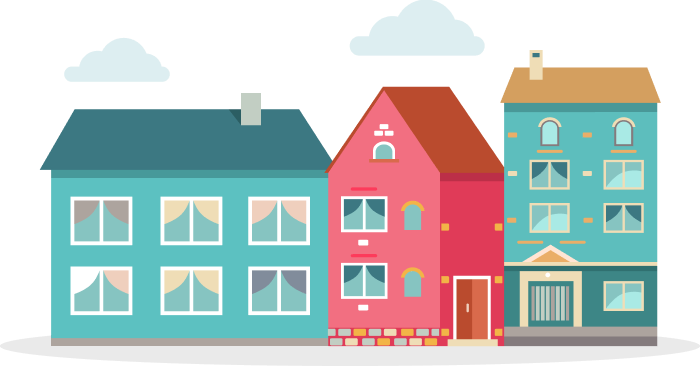Cincinnati
We did the research. Find a place to call home.
B+
Quality of Life Score
Cincinnati Information
1,801,000
Total Population
45%
Married Persons
55%
Single Persons

7/10
City Rating
City ratings are often based on a variety of factors including quality of life, economic opportunities, safety, education, and more. A rating of 7 or higher might suggest a city with a relatively high quality of life and desirable living conditions. Ratings below 5 might indicate challenges or lower overall satisfaction
7/10
Overall Value
This is a broader rating that takes into account multiple factors affecting the overall appeal of a city. Ratings above 7 might indicate a highly attractive city, while those below 5 might suggest areas for improvement.
10/10
Density (Population per mile²)
City density refers to the concentration of people living within a city's geographic area. It is typically expressed as the number of residents per square mile or square kilometer. Higher density indicates busier streets, more crowded living conditions, and increased access to amenities and services.
3810
Cincinnati
260,000
Reno
City Info
Cincinnati is a historic city located on the Ohio River and serves as a major metropolitan hub in southwestern Ohio. The metro area population is about 1.8 million as of 2025, growing steadily at around 0.78% annually. The city itself has a diverse population, with approximately 80.1% identifying as White, 10.2% Black, 3.4% Hispanic, and 3.0% Asian. Cincinnati is known for its rich cultural heritage, strong business environment, and vibrant arts scene. The city also hosts several institutions of higher education and a variety of public and private schools.
Residence
40% (Homes Rented)

50 Years
Median Home Age
$237,100
Median Home Price
5.2%
Home Aappreciation Rate
1.5%
Annual Property Tax
Weather
80%
Sun
10%
Rain
10%
snow
Residence
Housing prices vary by bedroom count, with 1-bedroom homes around $214,000 and 3-bedroom homes averaging $231,500. The market is currently a seller’s market, though prices have softened slightly compared to last year.
Community
7
Crime Rate (per 100,000)
Democratic
Political Majority
33
Average Age
Community
Cincinnati has a youthful median age of 33 and a diverse population with a strong civic culture. The city’s neighborhoods vary in racial and ethnic composition, with more diversity concentrated in northern areas.
Locale

Occupation
25%
Management, Business, Art & Sciences
20%
Sales & Office Occupations
15%
Service Occupations
15%
Production, Transportation & Material Moving
5%
Natural Resources, Construction & Maintenance
Education
1:20
Student Teacher Ratio
25%
High School Diploma
30%
Some College or Associates Degree
20%
Bachelors Degree
10%
Graduate or Professional Degree
Locale
Cincinnati’s economy is diverse, with strengths in manufacturing, healthcare, finance, and education. The city is home to multiple universities and a public school system that includes innovative programs such as the first public Montessori high school in the U.S.
Transit
27%
Public Transportation
70%
Car
10%
Carpool
10%
Work At Home
Transit
Cincinnati’s transit system includes buses and streetcars, providing connectivity within the city and to surrounding suburbs. The city continues to invest in transit infrastructure to support its growing population and economy.


